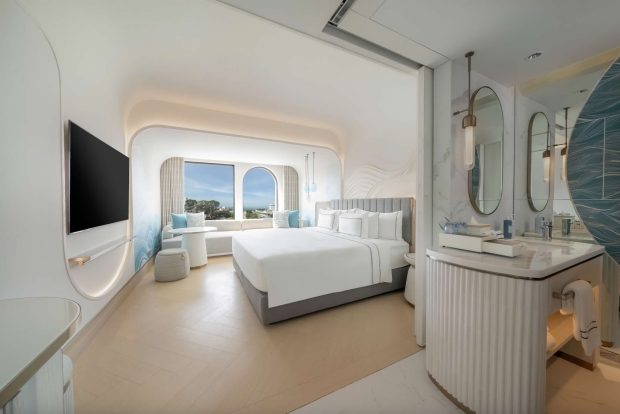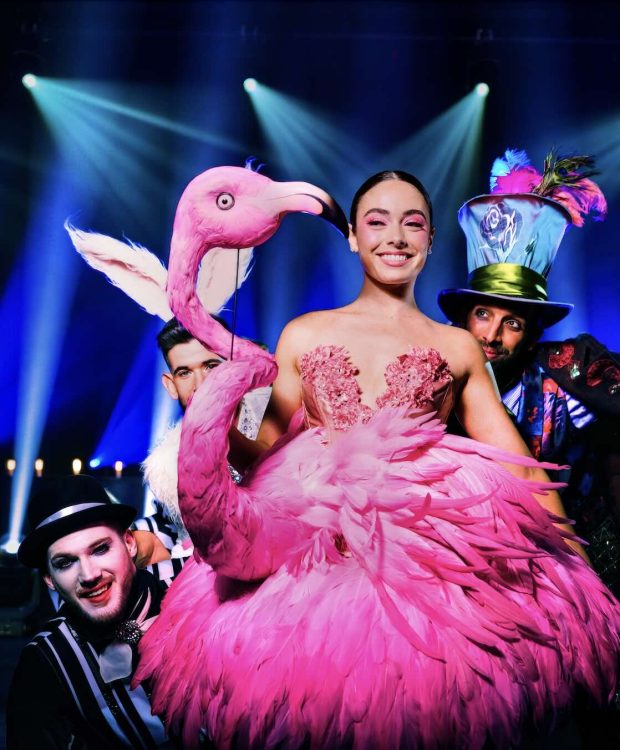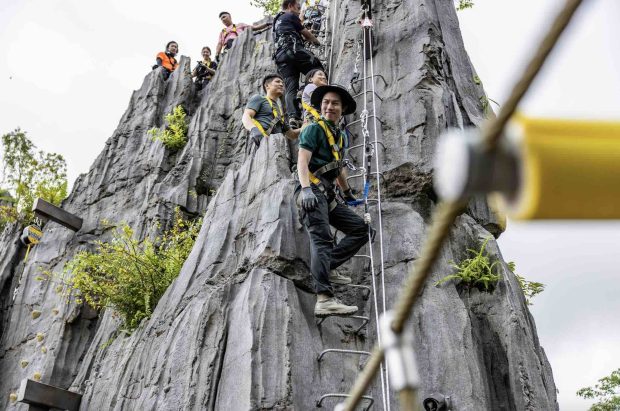The day started with horrible breakfast prepared by the hotel. It was so bad that most of the tour people decided to bring instant cup noodles down instead. But the guests from a local China Tour seem to be pretty satisfied … perhaps we Singaporeans are too accustomed to our typical international buffet spread. Nevertheless, the lousy breakfast failed to dampen our excitement, we will be visiting one of die-die must visit attractions which every Tibet tour will bring their travellers to – The Potala Palace.
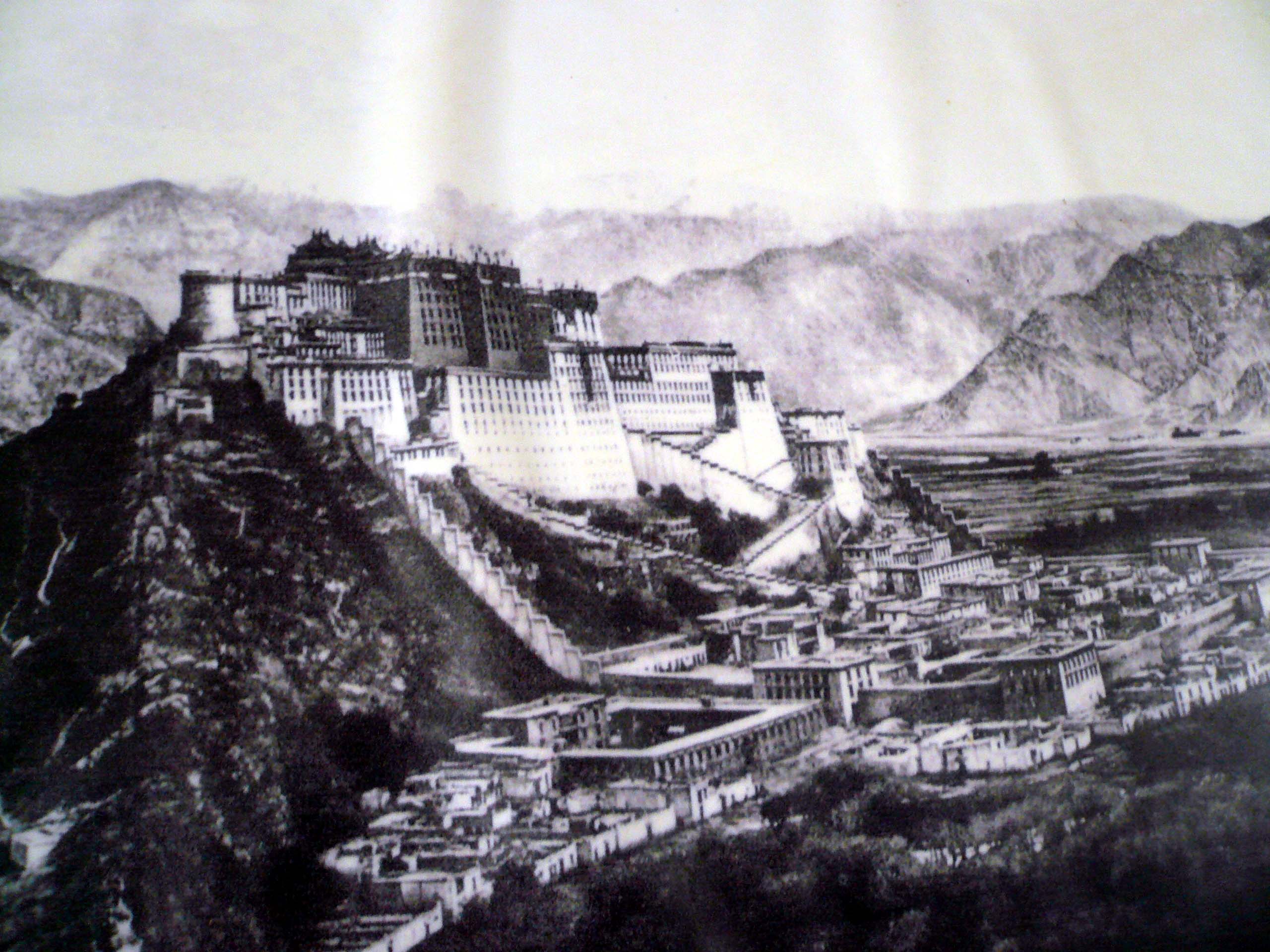
Built on Marpo Ri hill at 130 meters above the Lhasa valley, Potala palace is indisputable the grandest monumental structure in all of Tibet. The palace measures 400 metres east-west and 350 metres north-south with stone walls of 3 – 5 metres thick at the base and copper poured into its foundation to make it earthquakes proof. The 13 storey building contains over 1,000 rooms, 10,000 shrines and about 200,000 statues
The palace serves a number of functions:
1. Residence of the Dalai Lama and his large number of staffs
2. Represented the Tibetan government, where all state ceremonies were held
3. Hosted a school for religious training of monks and administrators
4. Home to the tombs of past Dalai Lamas and the most venerated statue, the Arya Lokeshvara inside the Phapka Lhakhang.
Today the Potala Palace has been converted into a museum by the Chinese government.
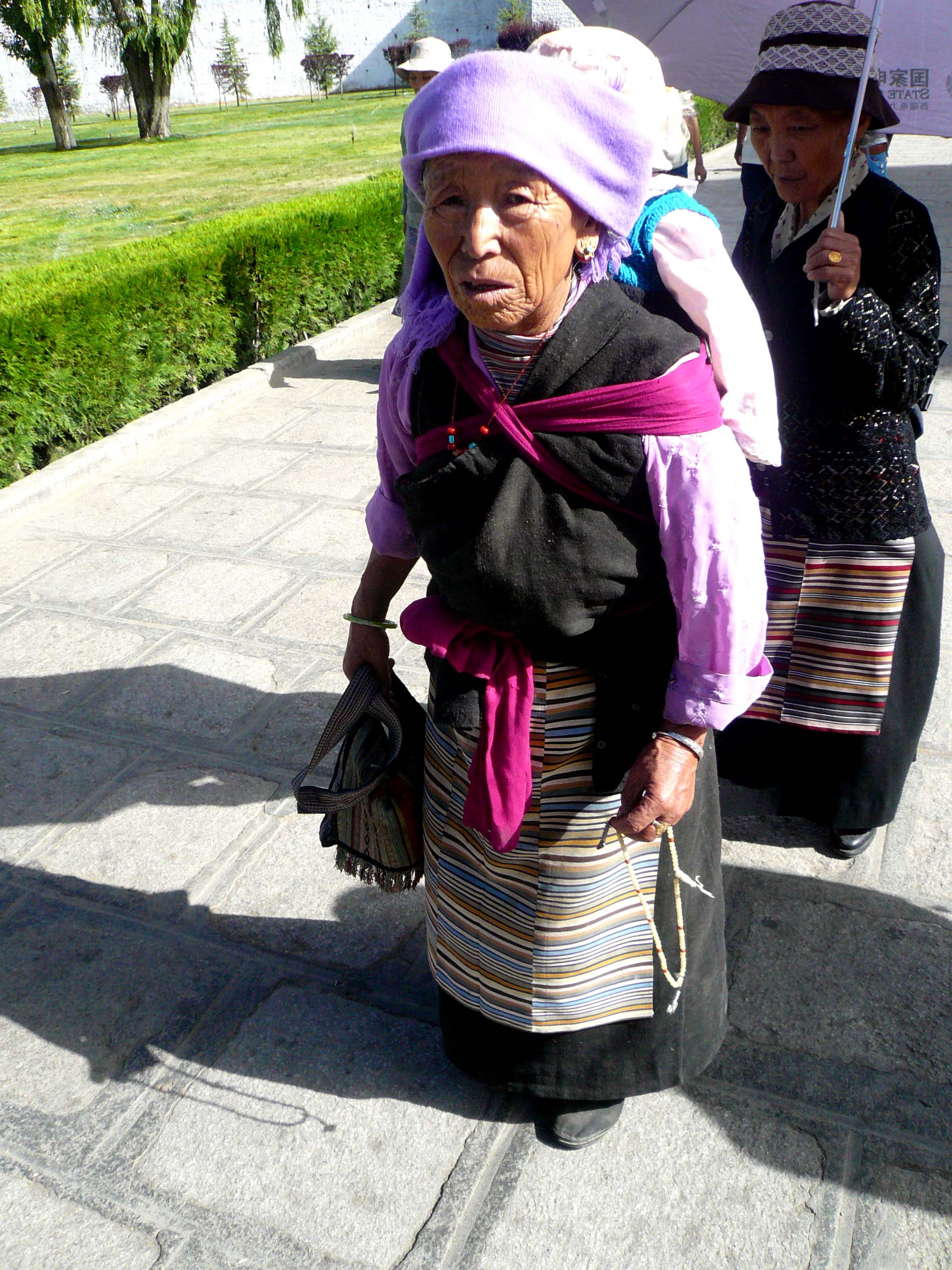
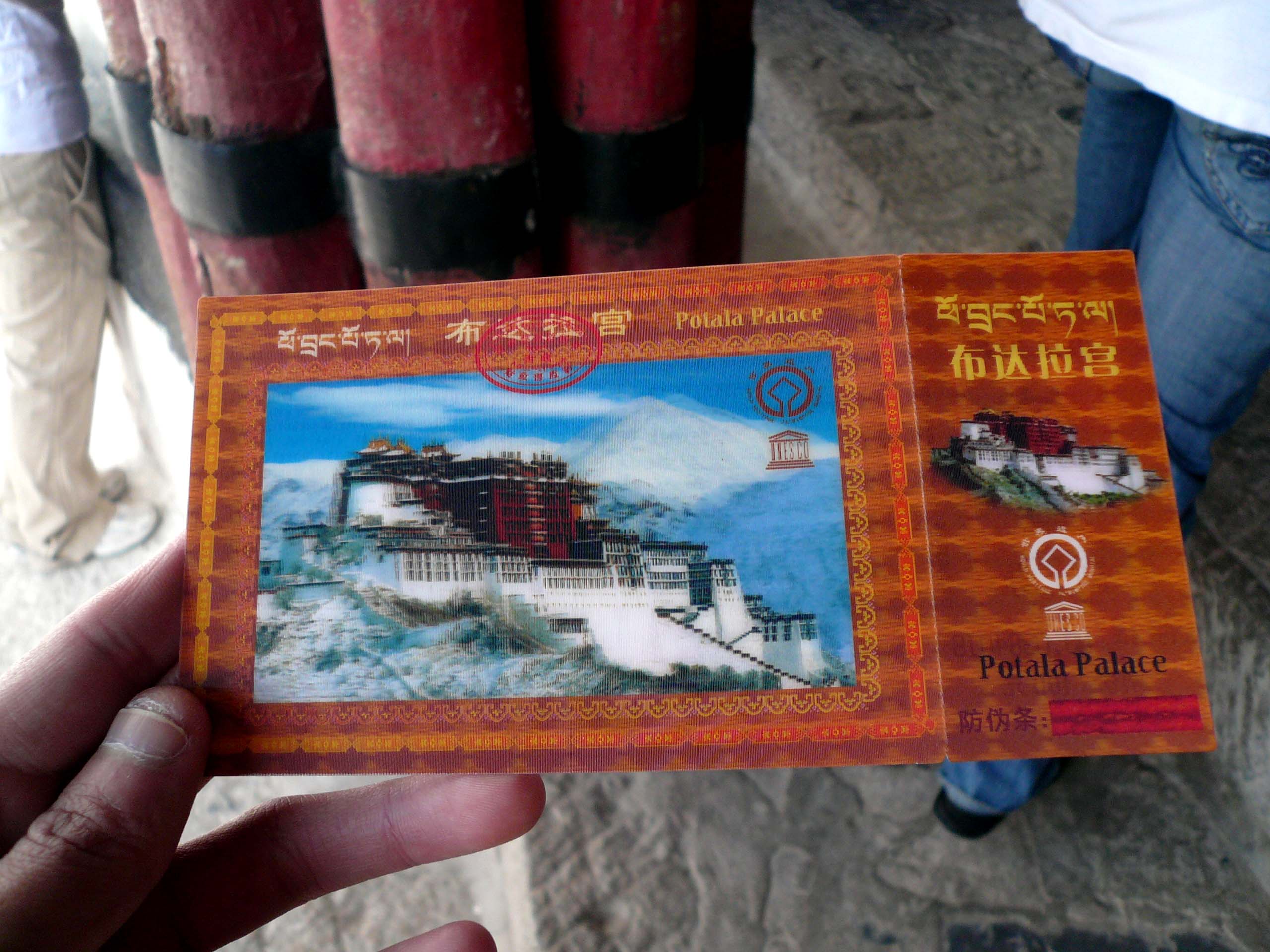
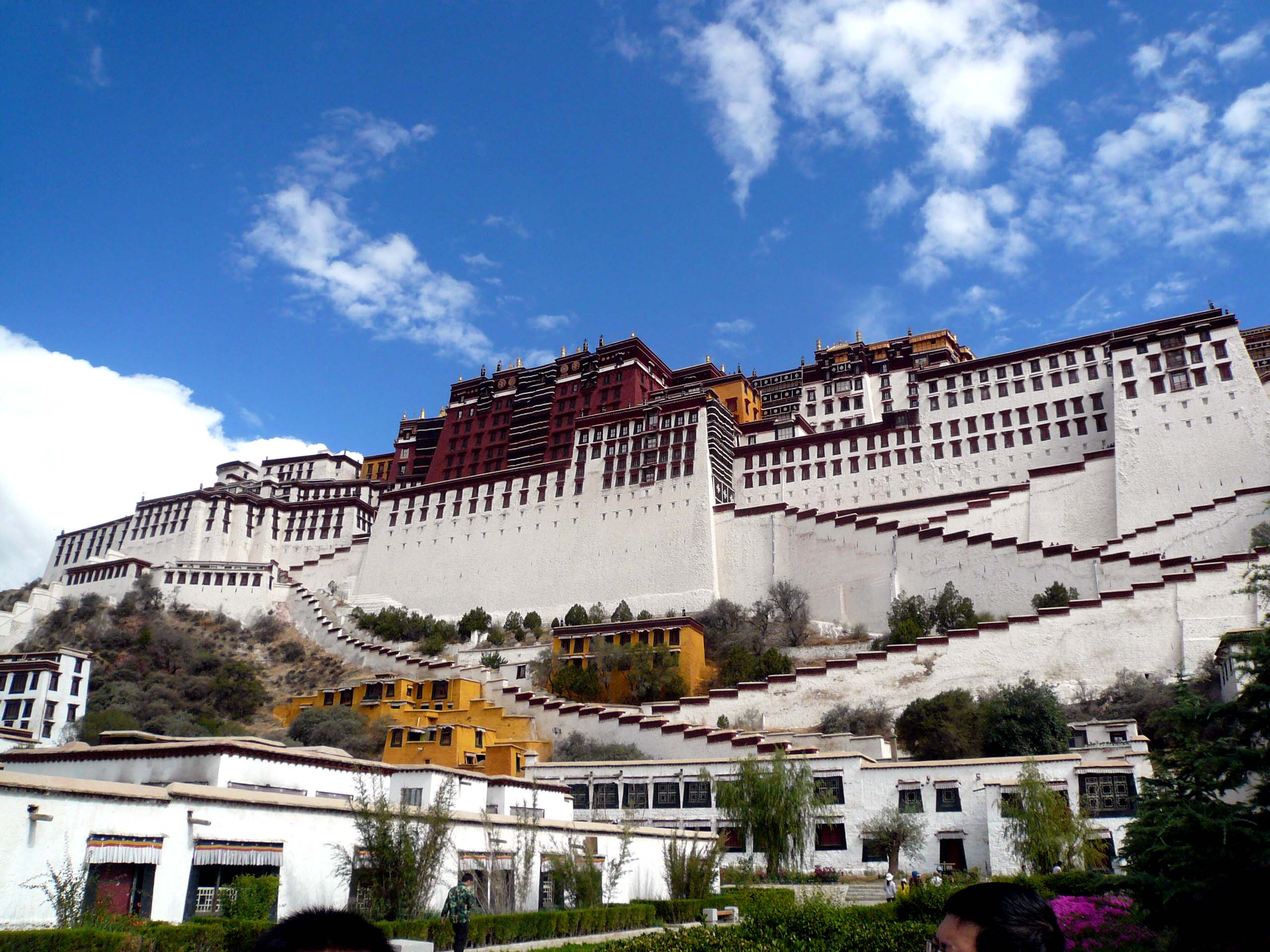
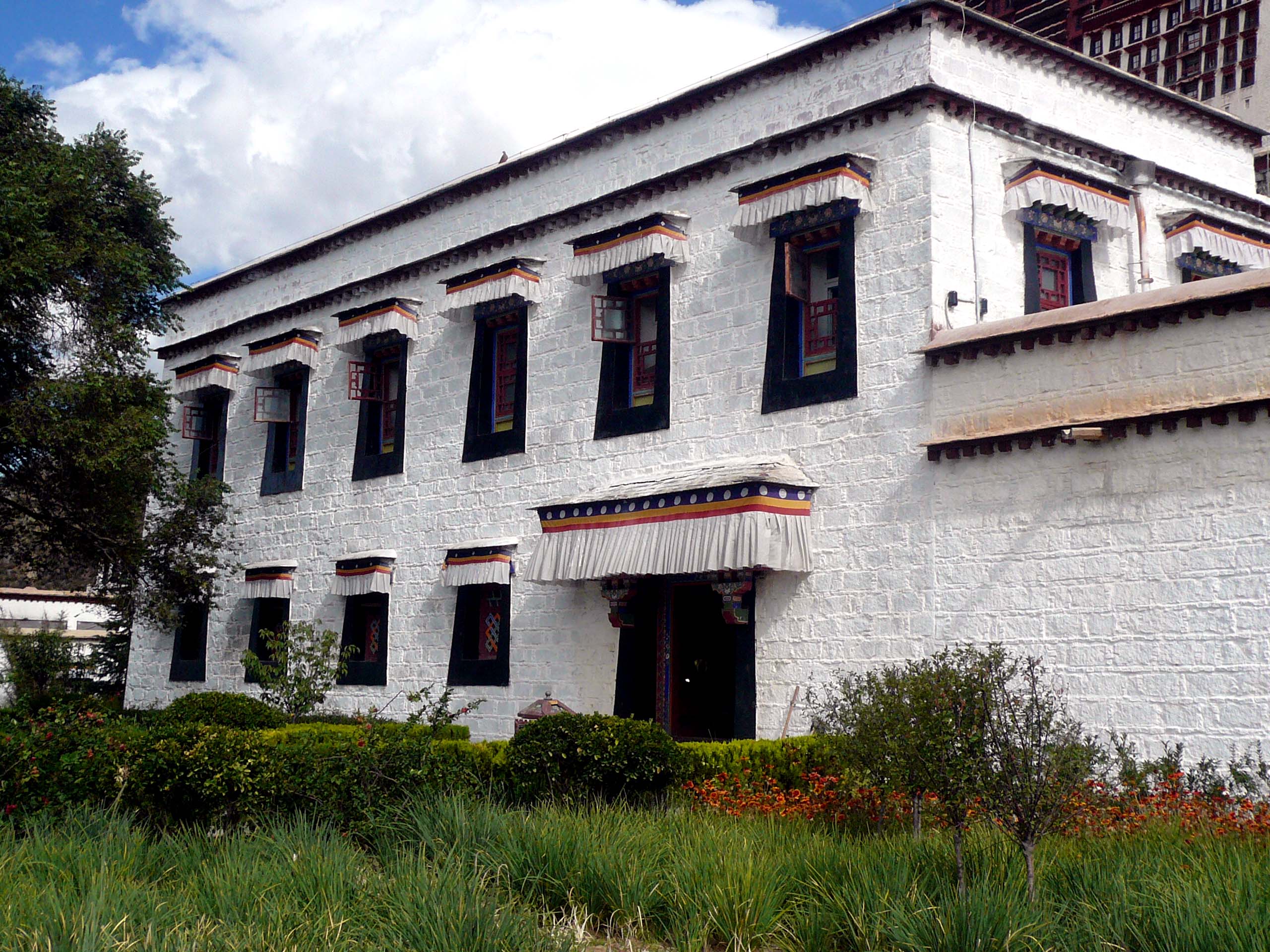
Security was very tight, tourists were made to undergo checks for weapons, flammable liquids etc and the worst thing is that all tourists were only given 1 hour to explore the entire massive building. The upwards climb was exhausting …
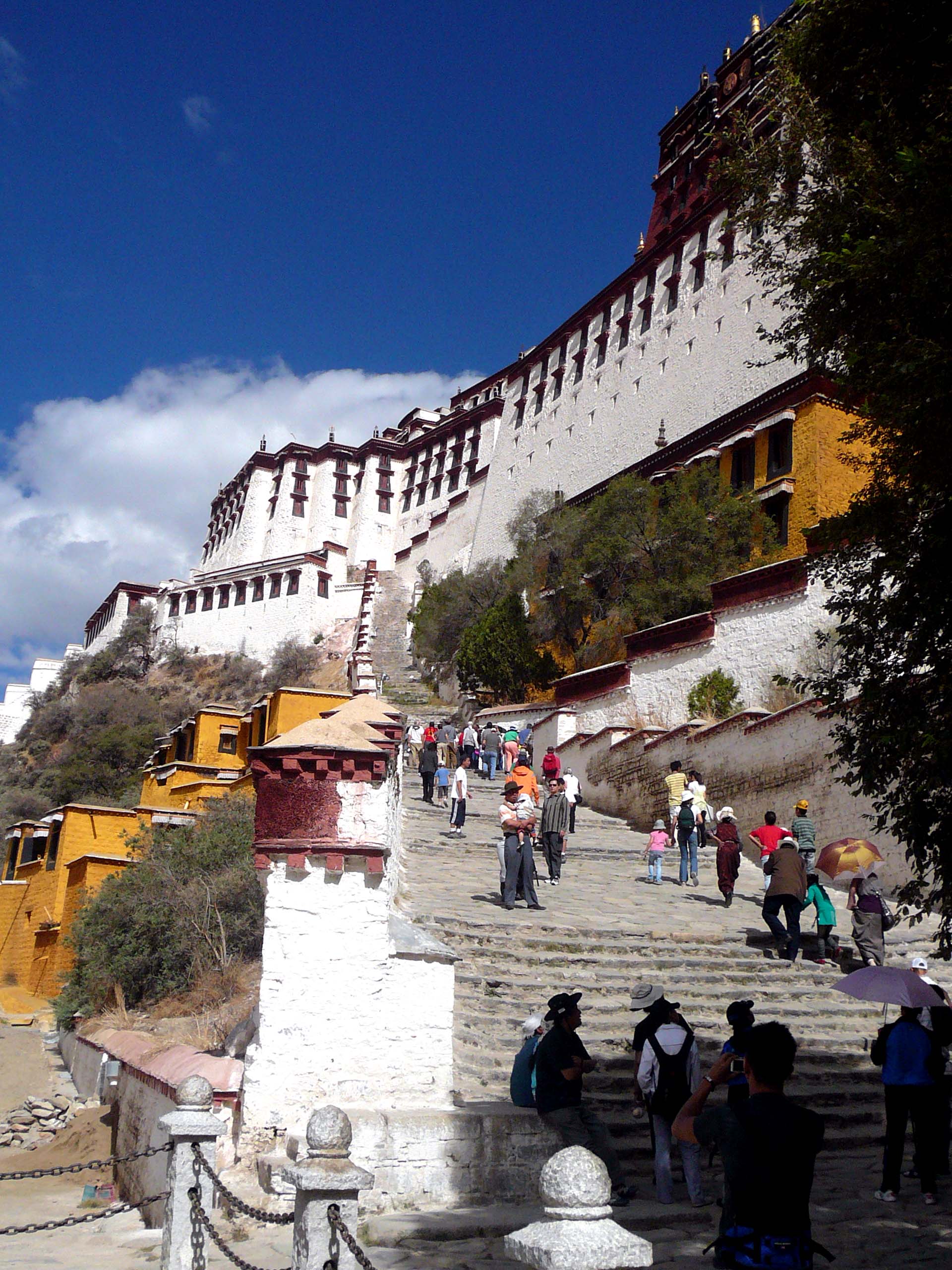
The White Palace or Portrang Karpo (part of Potala Palace) is the living quarters of his holiness, the Dalai Lama.
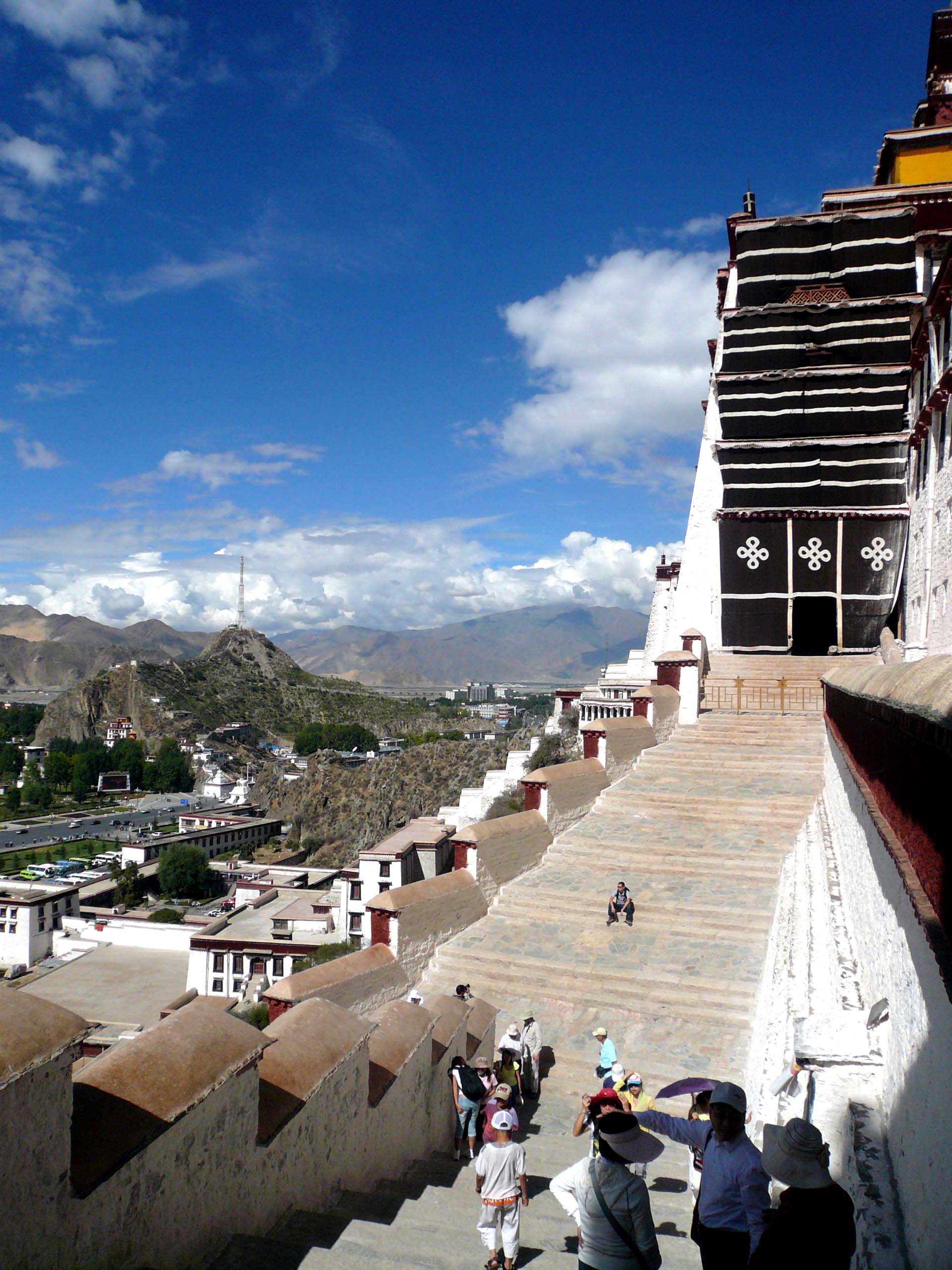
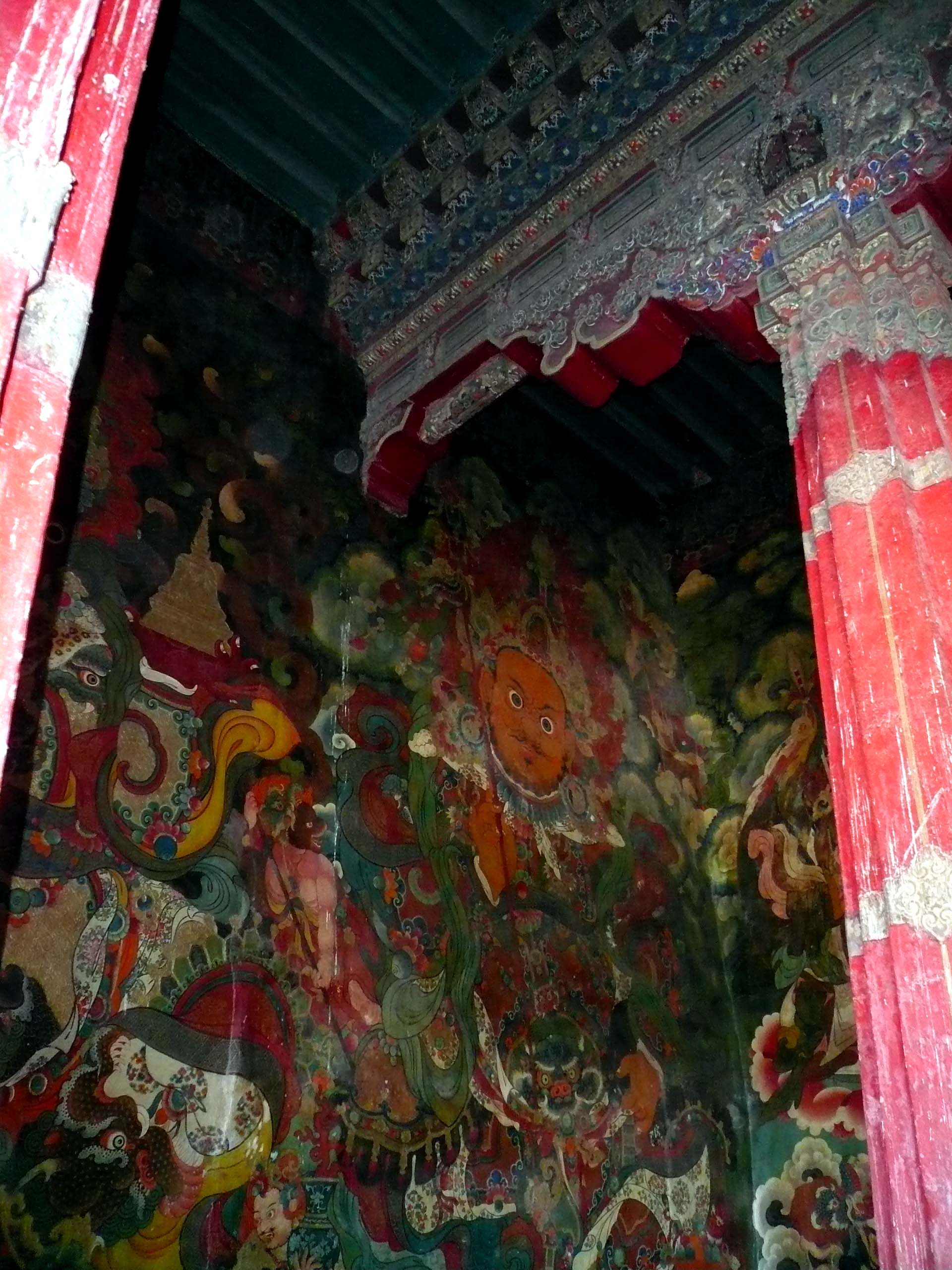
The Red Palace or Potrang Marpo (another part of the Potala palace), is completely devoted to religious study and Buddhist prayer. Unfortunately, as a sign of respect to the religion, tourists were not allowed to take photos inside the chapels.

Our guide named Xiao Gu was very versed in his knowledge and gave fantastic narrations of the palace history, the various buddha status, functions of the various rooms in the palace as well as the lives and achievements of past Dalai Lamas. Surprisingly, even with such detailed narrations, an hour proves to be just right.
View more posts on Tibet below:
TibetCN
You may also like to check out my posts on other exciting travel destinations here


